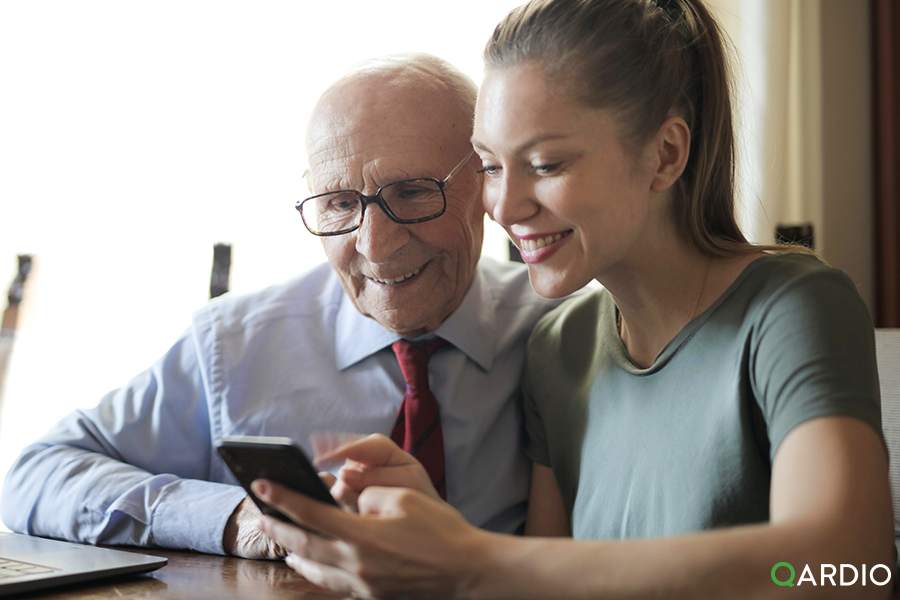Remote patient monitoring (RPM) has revolutionized access to healthcare for care providers and patients, especially during the COVID-19 pandemic. The benefits of RPM are phenomenal: it saves time, doctors can treat more patients, patient health outcomes are improved, and it enables quick intervention and diagnosis. However, RPM is still a relatively new technological concept, and many patients can be reluctant towards remote care. We spoke with Dr. Rashmi Byakodi, health and wellness writer of Best For Nutrition, who shares the most common patient barriers to RPM and how healthcare professionals can overcome them to deliver effective remote care.
What are the main patient barriers to RPM?
Remote patient monitoring keeps healthcare professionals updated with the patient’s health status. It helps patients to manage their condition, keep the doctor updated with any new symptoms and avoid frequent hospital readmissions. In fact, in patients with continued care, many health conditions can be managed remotely which improves patient outcomes as well as readmission rates. Despite these benefits, there is some reluctance among patients towards remote monitoring. The three main reasons for a patient’s reluctance to RPM are lack of human touch, privacy and complexity of usage.
1.) LACK OF HUMAN TOUCH
Physical presence and proximity make a significant impact in understanding human needs. Patients look for that compassion during their visit. In this way, it is important for healthcare professionals to understand how new technologies can affect interaction with their patients. During telemedicine practice, we should consider engaging appropriately with patients by emphasizing the importance of using telemedicine. Remote monitoring can build great personalized medical care for patients. When a care provider can talk to a patient with compassion and care, it helps overcome your physical absence.
2.) PRIVACY
Remote monitoring using the internet comes with an array of privacy and security challenges. Patients feel their data is not secure, and privacy can be breached. Healthcare professionals must adequately and proactively address this issue. We should maintain a robust and secure telehealth program, such as complying with HIPAA (The Health Insurance Portability and Accountability Act) laws to make sure patients’ protected health data is secure and can only be accessed by the appropriate people.
3.) COMPLEXITY OF USAGE
The elderly population may find it difficult to use new technology devices to monitor their health. However, taking the time to educate and demonstrate exactly how the devices work and how they will help those patients, will make them more willing to use such devices. Telemedicine can help detect new symptoms quickly, therefore it is essential to explain to the patient how remote monitoring will benefit them.
The usability of telemedicine depends on how quickly the patient learns to trust and feel safe with technology. Devices such as blood pressure (BP) cuffs are useful if patients use them appropriately. However, if the patient does show reluctance to use them, then care providers should explain to the patient how it can improve their quality of life.
Overcoming patient barriers at Qardio
Patient barriers and reluctance towards RPM can be overcome with appropriate education and adequate care. Qardio’s wireless blood pressure monitor and smart scale are patient-friendly and enable self-monitoring to seamlessly fit into a patient’s daily habits. Even more, patients’ health status syncs directly into QardioMD, a remote patient monitoring service for healthcare professionals to monitor and analyze their patients’ vitals.
To learn more how RPM with Qardio works, speak with a product expert here.
With thanks to Dr. Rashmi Byakodi for her input. Dr Rashmi Byakodi is a Health and Wellness writer and the editor of Best For Nutrition, a site with evidence based content on nutrition. Her medical background has given her the much-needed skill and knowledge to create powerful health content for healthcare and pharmaceuticals.


